
Cúcuta, officially San José de Cúcuta, is a Colombian municipality, capital of the department of Norte de Santander and nucleus of the Metropolitan Area of Cúcuta. The city is located in the homonymous valley, at the foot of the Eastern Ranges of the Colombian Andes, on the border with Venezuela. It comprises an area of approximately 1119 km2, with an urban area of 64 km2 and a rural area of 1055 km2. The city has a population of 777,106 inhabitants, which makes it the most populous municipality in the department and the sixth most populous municipality in the country. Similarly, its metropolitan area has an approximate population of 1,046,347.
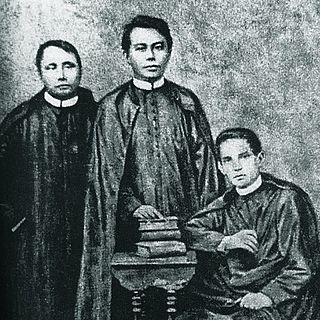
Gomburza, alternatively stylized as GOMBURZA or GomBurZa, refers to three Filipino Catholic priests, Mariano Gómes, José Burgos, and Jacinto Zamora, who were executed by garrote on February 17, 1872, in Bagumbayan, Philippines by Spanish colonial authorities on charges of subversion arising from the 1872 Cavite mutiny. The name is a portmanteau of the priests' surnames.

Benavente is a town and municipality in the north of the province of Zamora, in the autonomous community Castile and León of Spain. It has about 20,000 inhabitants.

Francisco López Acebal was a Spanish novelist, playwright and journalist.
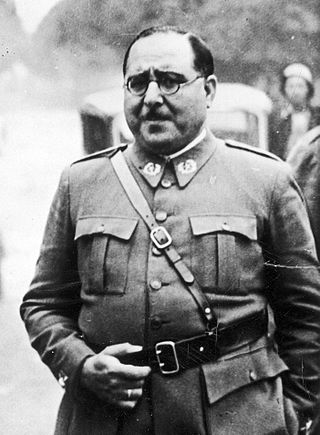
Antonio Aranda Mata was a military officer who fought on side of the Rebel faction in the Spanish Civil War.
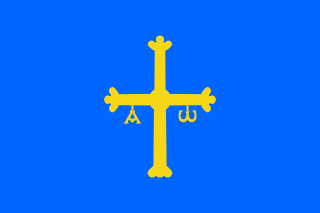
Asturians are a Romance ethnic group native to the autonomous community of Asturias, in the North-West of the Iberian Peninsula.

The Victory Cross is an early 10th century Asturian crux gemmata or jewelled cross, given by King Alfonso III of Asturias, who reigned from 866 to 910, to the Cathedral of San Salvador of Oviedo. It was made in 908 in the Castle of Gauzón . At the core is an oakwood cross, in legend identified with a cross carried by King Pelagius of Asturias at the Battle of Covadonga.

Melquíades Álvarez Gónzalez-Posada was a Spanish Republican politician, founder and leader of the Reformist Republican Party (Partido Republicano Reformista), commonly known just as Reformist Party and President of the Congress of Deputies between 1922 and 1923.
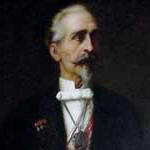
Francisco de Albear y Fernández de Lara was a Spanish engineer from Cuba.

The Cross of the Angels is a pre-romanesque Asturian reliquary donated by Alfonso II of Asturias in the year 808 to the Church of San Salvador in Oviedo, Asturias (Spain). The Cross of the Angels is the symbol of the city of Oviedo.
Francisco García Gómez, commonly known as Paquito, is a Spanish retired football midfielder and manager.
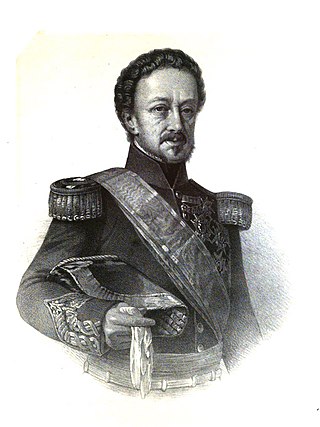
Pedro de Alcántara Téllez Girón y Alfonso-Pimentel, 2nd Prince of Anglona (1786–1851) was a Spanish military officer during the Peninsular War and a politician.
José Antonio Redondo García is a retired footballer who played as a defender, and a current manager.
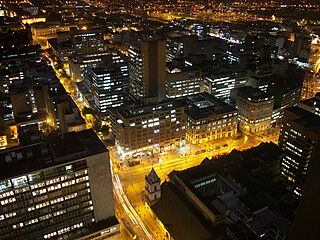
Carrera Séptima, also known as Eduardo Posada Flórez Avenue, is one of the principal transit arteries which crosses the eastern side of Bogotá north and south. It is the most important thoroughfare of the city in the sense of history, culture, economy, and society. Carrera Séptima is bound to the east by the Eastern Hills.
The following is a timeline of the history of the city of Oviedo, Spain.
The 2019–20 Segunda División season, also known as LaLiga SmartBank for sponsorship reasons, was the 89th since its establishment.
The 2019–20 Sporting de Gijón season was the club's 114th season in existence and the club's 48th season in the second tier of Spanish football, and the third year since its most recent relegation. It covered a period from 1 July 2019 to 20 July 2020, when the last league match was played.
Javier Fernández-Rozada Álvarez, known as Javi Rozada, is a Spanish football manager.
Abel Bretones Cruz is a Spanish footballer who plays as either a left back or a left winger for Real Oviedo.

Evaristo José Fernández San Miguel y Valledor, Duke of San Miguel was a Spanish soldier, politician and writer.













